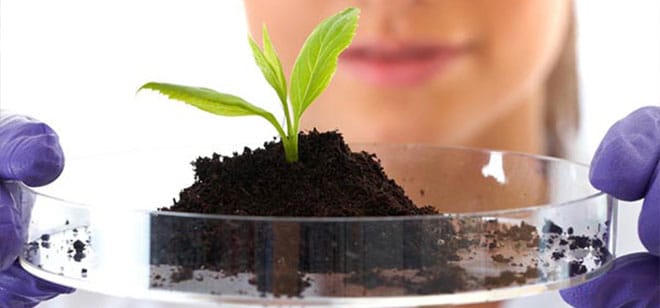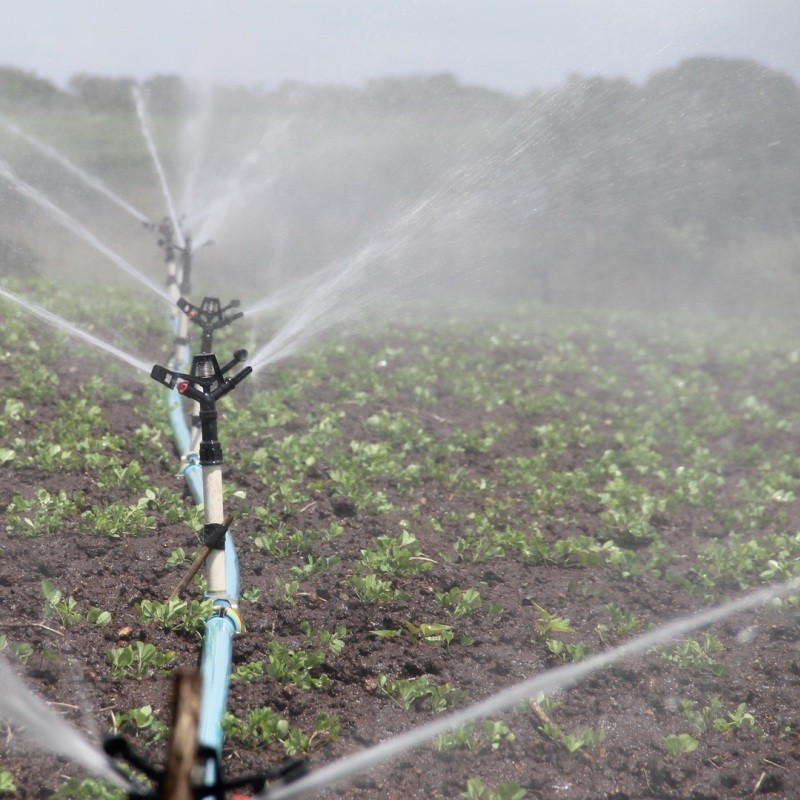
One outstanding aspect of soil analyses is the many methods used in the process. The reason for the multitude of methods is that the mass of plant nutrients extracted from the soil must be in relation to what the plant can extract. In soils most nutrient elements are present in “Plant available” and “Plant unavailable” forms. Soil analysis tries to estimate the size of the fraction available to plants. The variety of methods was developed in an endeavor to simulate the plant. That is also a reason why different methods are used for different crops and in different areas. None of these methods is universal or superior to any other.
These methods therefore determine the fraction that is immediately available for absorption by the plant plus the reserves that will be utilised over the next few months. The portion measured therefore includes the water soluble and the readily available portion of the nutrients.
Seven different methods are in use in South Africa to test for available P and at least two are used for K and 3 for pH of the soil. Therefore it is also important to mention the method used on the analytical report. For example, the three
methods for pH will give three different answers for the same soil namely pH(KCl), pH(CaCl2) and pH(water). The description in brackets indicates the chemical used to suspend the soil namely KCl (potassium chloride) or CaCl2 (calcium chloride) or water at a specific ratio with the soil. A pH reading of a soil of 5,00 means nothing until the designation is attached.
Relationships between these three methods mentioned above, are used to simplify the interpretation, but be careful they are simply based on averages and not always applicable. Factors like the salt content of the soil have an influence on the reading. Therefore it is not advisable to jump between methods.
The above mentioned are important principles and the reason for more so many methods for the same element that will give different values for the same soil. The principles are:
- The relationship between mass nutrient extracted by the analytical method and the plant must be acceptable for a specific crop.
- The analytical method must have been tested over more than one crop season on more than one location.
- The sampling and analytical methods must be the same as that used during evaluation.
- The report must include the method used.
The relationship between the P content of the soil and that of the P-status of tree crops is usually poor and the P-status in the leaf is more reliable.
The base cations in the soil (K, Ca, Mg and Na) are also extracted by more than one method. These results are then be used among other, to determine the following:
- Can K be supplied by means of soil applications or foliar sprays?
- Does the soil contain enough Ca to supply the trees and maintain the structure of the soil?
- Existence and magnitude of any imbalances.
- Can Mg be supplied by means of soil applications or foliar sprays?
- What is the magnitude of the salinity hazard?
These results are also expressed as ratios or so called saturation percentages or base saturation, for insta
nce %K, %Ca, %Mg and %Na.
By: JGK Consulting




